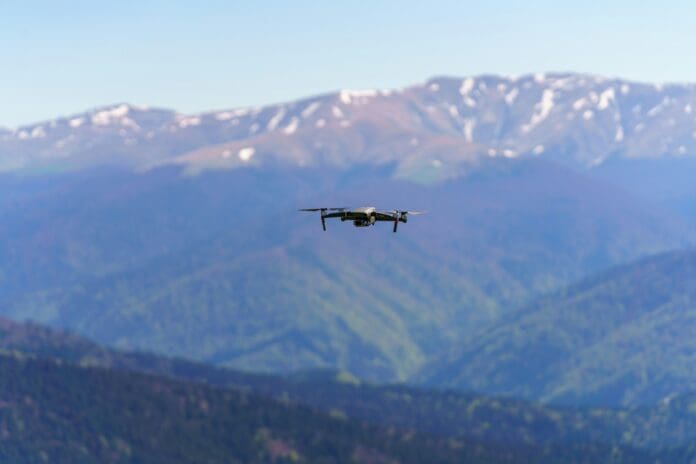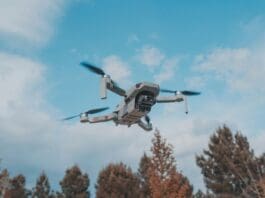This post is also available in:
 עברית (Hebrew)
עברית (Hebrew)
In the past few years, drones have been emerging as a central element of modern defense strategy. These systems offer cost-effective, flexible alternatives to traditional weapons platforms and are increasingly used in roles ranging from surveillance to active combat.
Now, a South Korean company by the name of Nearthlab has introduced its recent technological developments in this space – XAiDEN, an attack drone platform built around swarm autonomy and AI-based decision-making. Designed for precision strikes on both aerial and ground targets, XAiDEN supports mission profiles such as coordinated reconnaissance, automated target tracking, and synchronized engagement, according to the press release.
The system operates through a swarm structure: ten drones are stored and deployed together, launching in formation after a mission command is issued. The drones can be controlled by a single operator, with each squadron managed through a leader-follower model—only one unit requires communication capabilities, while the others operate in formation using autonomous flight logic. This approach not only reduces cost and communication load, but also enhances resilience in contested environments.
XAiDEN is built with the capacity to carry standard 60mm mortar rounds, removing the need for specially designed munitions. This design choice facilitates faster field integration and simplifies logistics. A cartridge-style loading system is under development to enable support for various payload types, further increasing mission flexibility.
One of the key features of the system is its ability to function even in GPS- or communications-denied environments. The drone swarm continues operating independently based on its AI capabilities, allowing it to complete tasks without external input once deployed.
According to field performance data, the mission success rate is close to 100%, largely due to the redundancy offered by swarm tactics—if one drone fails, others in the formation can immediately take over.
This attack drone follows the earlier release of KAiDEN, a high-speed interceptor developed to neutralize aerial threats. Together, the two platforms reflect a growing trend of integrating AI into military-grade drone systems, emphasizing autonomous operation, modularity, and operational efficiency in both offensive and defensive roles.
Additional development is underway for future versions of both platforms, aiming to further increase autonomy, flexibility, and mission adaptability.




